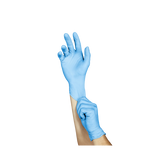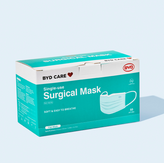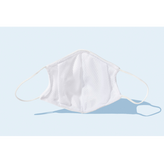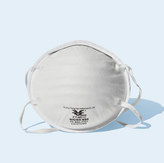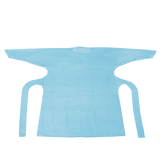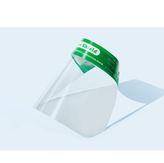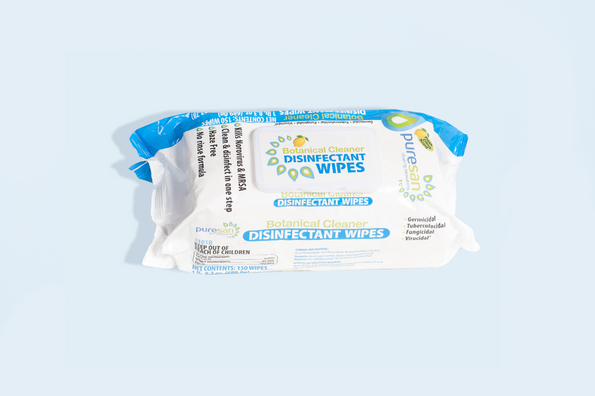Have you been wiping down surfaces with baby wipes since March (because it’s all you can find)? Maybe you’re desperately refreshing the Clorox wipes listing on Amazon and wondering when the “Currently Unavailable” status will change? We understand. Wipes have been hard to find during the pandemic and the near-term supply outlook doesn’t look likely to change.
Baby wipes, alcohol wipes, disinfecting wipes, sanitizing wipes, and antibacterial wipes are all different products with distinct uses. Read on to learn which wipes protect you during the pandemic, and which ones don’t.
In case geeking out on cleaning products isn’t your thing, we’ll cut to the chase. If you are trying to kill Coronavirus germs, buy wipes that are listed on the EPA N list –– the U.S. Government’s Environmental Protection Agency’s official list for disinfectants that kill Covid-19. If you are looking for ones that are listed but they are out of stock (as most are these days for consumer consumption) these will do the trick.
FAQ
Which ones kill COVID-19?
In short, if a product is on the EPA N list, that means that it kills COVID-19.
Technically, what it actually means is that the product has either been proven effective at killing SARS-CoV-2 (which is COVID-19), killing something even harder to kill than COVID-19, or killing something very similar to COVID-19. In short, anything listed on the EPA List N is fair game for wiping away those COVID germs.
There’s a slight catch –– you need to actually read the label on the back and follow the instructions. Each product has a “contact time” recommendation on the label, which means it will take anywhere from one to several minutes of contact with the virus to kill it. In fact, to truly ensure that the product works as intended, follow the EPA’s recommendations on how to disinfect surfaces.
In order to obtain EPA List N registration, a company must invest roughly nine months and $80k to apply and be approved. Thereafter the company must invest $30k per state to be registered in each US state. This barrier to entry weeds out product providers who are not committed to EPA List N level standards and testing. Ultimately that helps consumers distinguish between products that are truly effective at killing coronavirus, versus products with misleading labeling and packaging.
What is the difference between different types of wipes?
Make sure you read the label of the wipes you are buying to check the ingredients, the intended use, and the contact or kill time recommended.
- Disinfecting wipe - intended for hard surfaces like doorknobs and tables, not meant for use on your body
- Sanitizing wipe - these can often be an alcohol-based wipe, intended for your hands
- Alcohol wipe - generally the same as a sanitizing wipe, but check the label to see if they are intended for use on the body or on hard surfaces
- Antibacterial wipe - generally intended for use on the body, antibacterial wipes are intended for killing bacteria (COVID-19 is a virus, so it may not protect against that)
- Baby wipe - intended for use on the body, but does not kill viruses or bacteria
Which active ingredients should I look for?
In addition to checking the EPA N list, you can look at the ingredients as some wipes that are labeled “disinfecting” wipes do not actually contain COVID disinfecting ingredients. Wipes are largely defined by the active ingredient in the liquid used to make them. Some of the most commons ones in disinfectant wipes are:
- Quaternary ammonium - main ingredient in many Lysol products
- Sodium Hypochlorite - main ingredient in many Clorox products
- Citric Acid - main ingredient in Cleancide and Puresan
A full directory of active ingredients that kill coronavirus are here. There are some pluses and minuses to each — for example Quaternary ammonium is harsh on human skin — but for the most part they all do the job with kill times varying from one to several minutes.
Alcohol wipes are also effective at killing coronavirus germs. As a rule of thumb, look for something that is 75% alcohol or greater. Consumers used alcohol wipes less frequently pre-pandemic since alcohol is a flammable liquid and considered more hazardous to transport.
Does form factor matter?
You’ll find that disinfectant wipes intended for consumer use tend to be smaller sized in flat packs of 60-80 wipes, whereas those intended for commercial janitorial use are often in canisters or large tubs of 150-400+ wipes at a time. Don’t judge a book by its cover, it's the ingredients inside that matter.


